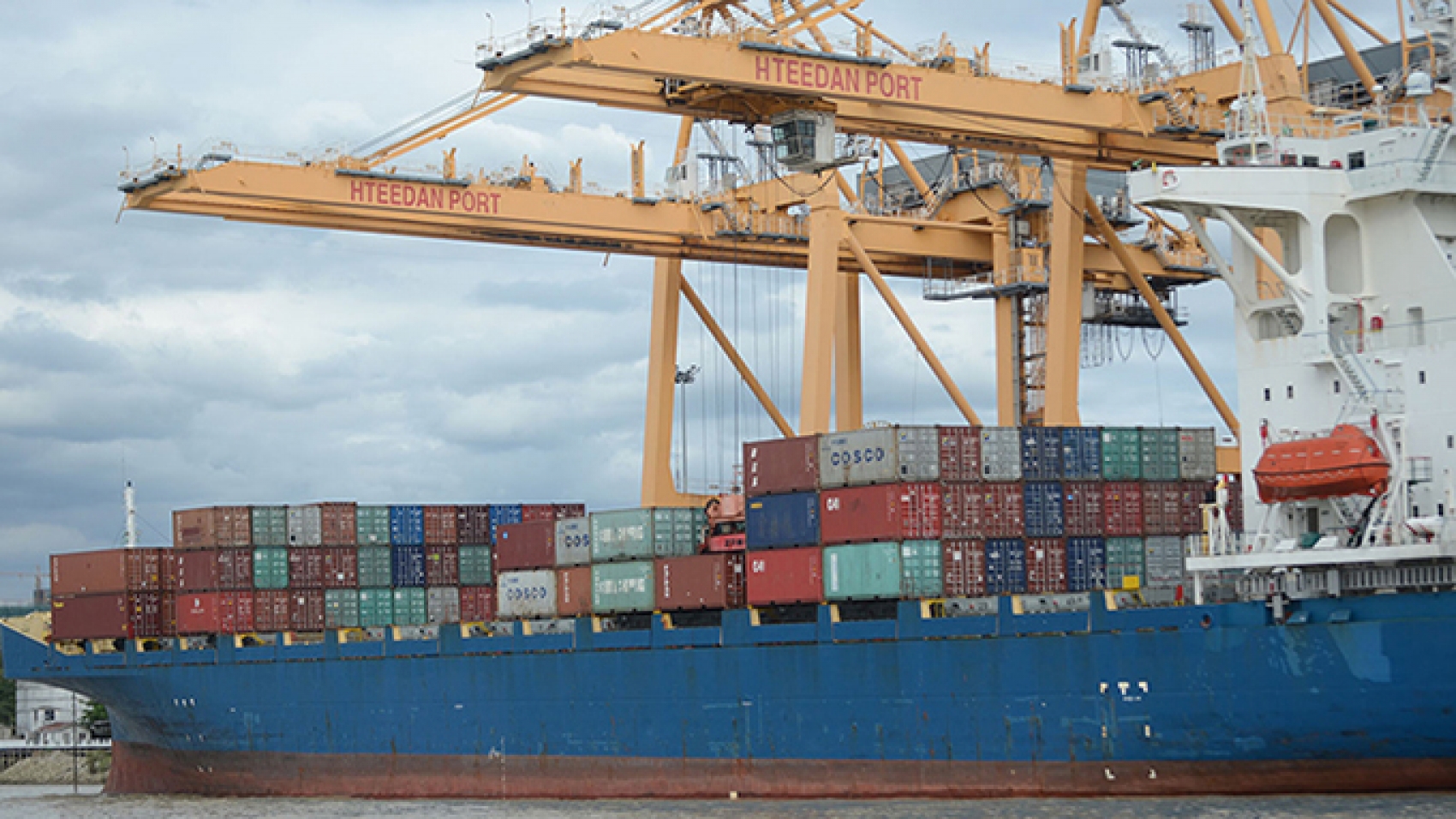Myanmar rice’s export price hit a record high in 2020 as the local and foreign demand picked up. The global foreign demand surged this year amid the drop in global food production triggered by the coronavirus pandemic. Additionally, the General Administration of Quality Supervision, Inspection and Quarantine of the People’s Republic of China (AQSIQ) gave more companies the green light to export rice to China. The domestic market also experienced the price gain, pointed out the exporters. Moreover, Myanmar regained rice market shares from certain countries on account of high quality and the price also remarkably increased in November and December 2020, according to Myanmar Rice Federation (MRF).
In 2020, the export prices of Myanmar white rice (low quality), broken rice and parboiled rice rose compared to the previous years’ rates. The prices moved in the range of US$375-485 per metric ton. The export price of Myanmar rice is relatively lower than the rates of Thailand and Viet Nam. Yet, the prices are higher than those of India and Pakistan’s market prices, MRF’s data showed. Following the coronavirus impacts in Myanmar, rice was highly demanded in the domestic market. The domestic retail market in 2020 saw a rise of K3,000-10,000 per 108-pound bag compared to 2019’s prices, said traders from Bayintnaung market. The rice prices last month for Pawsan varieties moved in the ranges of K38,000-57,000 per 108-pound-bag in the domestic market, while low-quality rice fetched K22,300-28,000, MRF data showed.
Myanmar exported 520,884 metric tons of rice and broken rice to foreign trade partners between 1 October and 18 December in the current financial year 2020-2021, generating an income of over US$196.5 million, as per MRF’s data. MRF expected to ship 2.4 million tonnes of rice and broken rice in the last FY (Oct 2019-Sep 2020). The country surpassed the export target, sending over 426,611 metric tonnes to neighbouring countries through border trade and over 2.15 million tonnes of rice and broken to foreign trade partners via maritime trade, totalling over 2.58 million tonnes.
Last year, Myanmar shipped rice to 66 foreign markets. China is the leading buyer of Myanmar rice, followed by the Philippines and Malaysia. Madagascar is the fourth-largest buyer and Poland, the fifth-largest buyer of Myanmar rice.
Meanwhile, Myanmar exported broken rice mostly to Belgium, followed by China, Senegal, Indonesia and the Netherlands. Broken rice was placed in 60 foreign markets. ASEAN countries constitute 18 per cent of Myanmar’s total rice exports with over 466,882 tonnes. In comparison, 30 per cent of total rice exports in Myanmar goes to China with over 775,884 tonnes, followed by African countries with 27 per cent after exports of around 706,302 tonnes. The European Union countries account for over 20 per cent of rice exports with over 514,523 tonnes while other countries represent five per cent of exports with over 122,786 tonnes. Next, Myanmar yearly produces 13 million tonnes of rice. There is self-sufficiency in the domestic market, and rice reserves have been stored in Yangon, Nay Pyi Taw and Mandalay. Myanmar shipped 3.6 million tonnes of rice in the FY2017-2018, which was a record in rice exports. The export volume plunged to 2.3 million tonnes, in the FY2018-2019.
Source: The Global New Light of Myanmar


